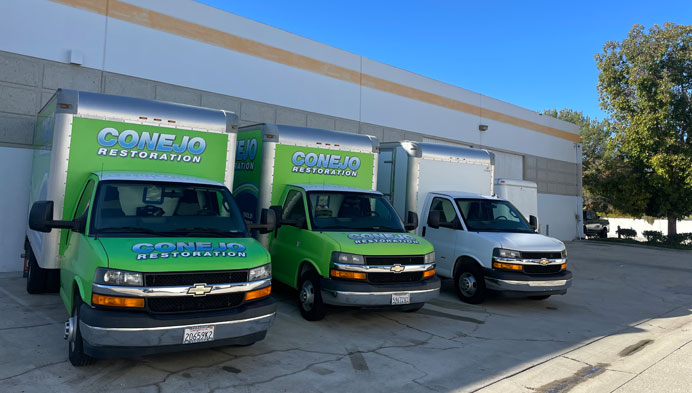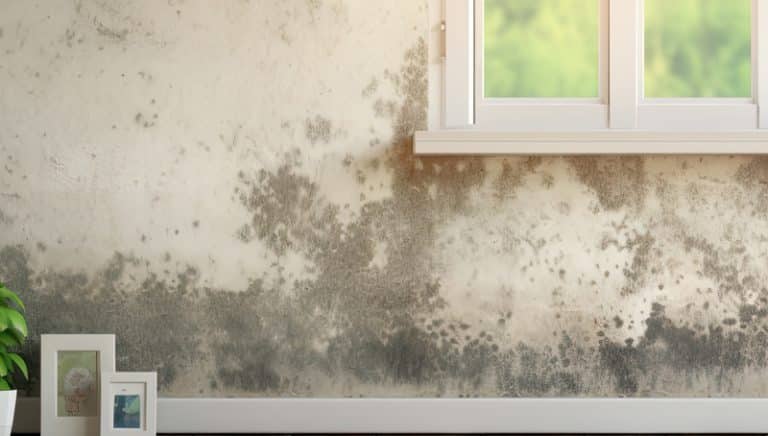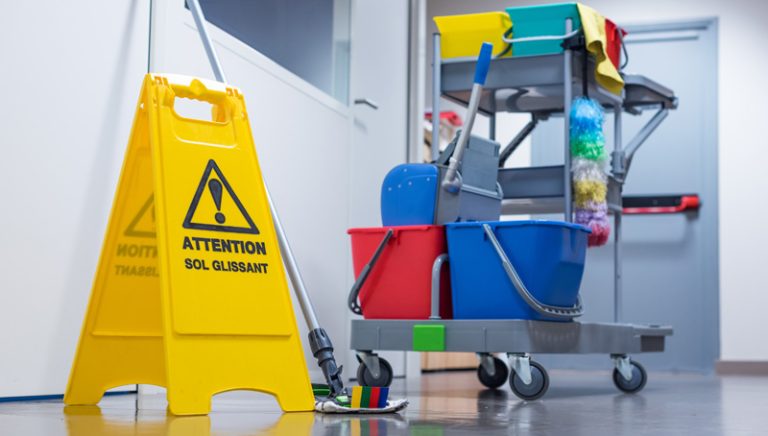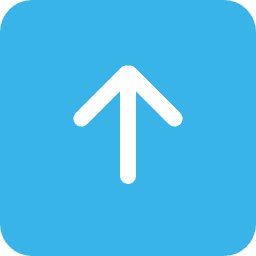You can end up with serious health issues due to bio-hazards if Sewage clean-up is not conducted quickly and efficiently on your property after a spill. Sewage spills can occur from public sewer line failures, overfilled septic tanks, toilet blockages, water spills near Sewage lines, damage to sewer pipes and various other reasons. Sometimes you don’t see the spill but pick up that there is an issue due to bad smells coming from your toilets and drains, toilets overflowing, smelly water near Sewage lines, areas of water damage near your property foundations and slow drainage.
Reasons for Sewage line problems can be varied: Overflow of public Sewage lines due to heavy rainfall, corrosion of the sewer lines due to age or poor maintenance, tree roots intercepting the lines causing damage and blockages, accumulation of human hair in pipes, flushing of large items down a toilet or not having a large enough septic tank (or not draining regularly as needed), flooding on your property causing damage to the system.
When Sewage damage occurs, it is important to get professional help as soon as possible. The cause of the Sewage issue will need to be repaired or corrected as soon as possible and then the detritus removed. All water, mud and waste will need to be cleared from the property. The area will have to be treated to remove the threat from bio-hazards such as viruses, mold, bacteria and parasites. If left untreated, your family could be infected with serious diseases such as Hepatitis A, salmonella, round worm, tapeworm, HPV, Norwalk virus, roto-viruses, gastrointestinal diseases, infections by Giardia and Cryptosporidium and various other sicknesses. This is why you should not enter an area that contains a Sewage spill. Special protective gear is needed for handling Sewage spill clean ups. People that have a vulnerable immune are especially susceptible to these disease-causing germs, so it is best to get professional assistance to clear up the mess if you have anyone very young, elderly, pregnant or suffering from an immune deficiency in your home or workplace.
Often carpeting and upholstered furniture cannot be reclaimed if involved in a Sewage spill, or will need extreme sanitation before they can be used again. Items such as paper, padding, cardboard, fabrics, drywall, wicker, bedding and linens, boxes and insulation would generally need to be removed and destroyed immediately. Temperatures of 130 degrees Fahrenheit are needed to adequately remove all germs from these types of materials.
You should check with your insurance company as to what is covered in the case of water and Sewage spills in your home or office. Various professionals are needed to ensure the area becomes habitable after a Sewage spill. The area will only be declared safe by a environmental/industrial hygienist once all the contaminated articles are removed and the area is treated properly to remove all traces of the spill. Inspections would need to be made to ensure no infiltration into other rooms, buildings or surrounding areas has occurred and if it has, that the necessary treatments are carried out.
Do not touch any of the water or solid material with unprotected hands. Avoid being wet or breathing in fumes from the contaminated water. Do not touch any part of your skin and especially avoid the eyes, nose, ears, mouth and any cuts, grazes or open wounds when working anywhere in or around the contaminated area. Ensure your clothing and any implements you used when you were within the contaminated area are discarded or sanitized appropriately. Bath or shower well in hot water after working in a contaminated area. This applies for small spills as well as attempting to reduce damage from larger spills. It is always recommended that you bring in a professional to handle these types of incidents to reduce the risk of health issues for you and your family.





